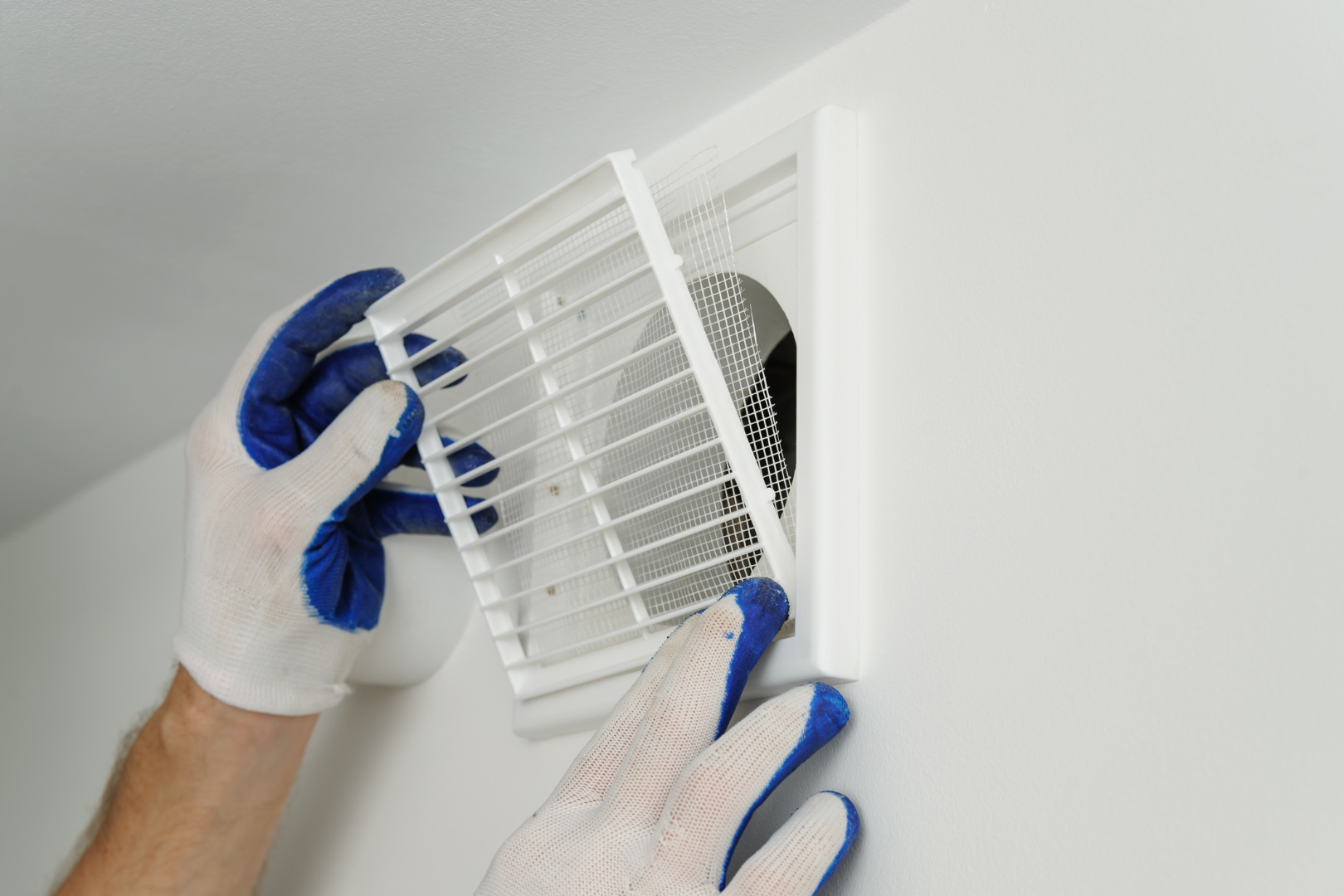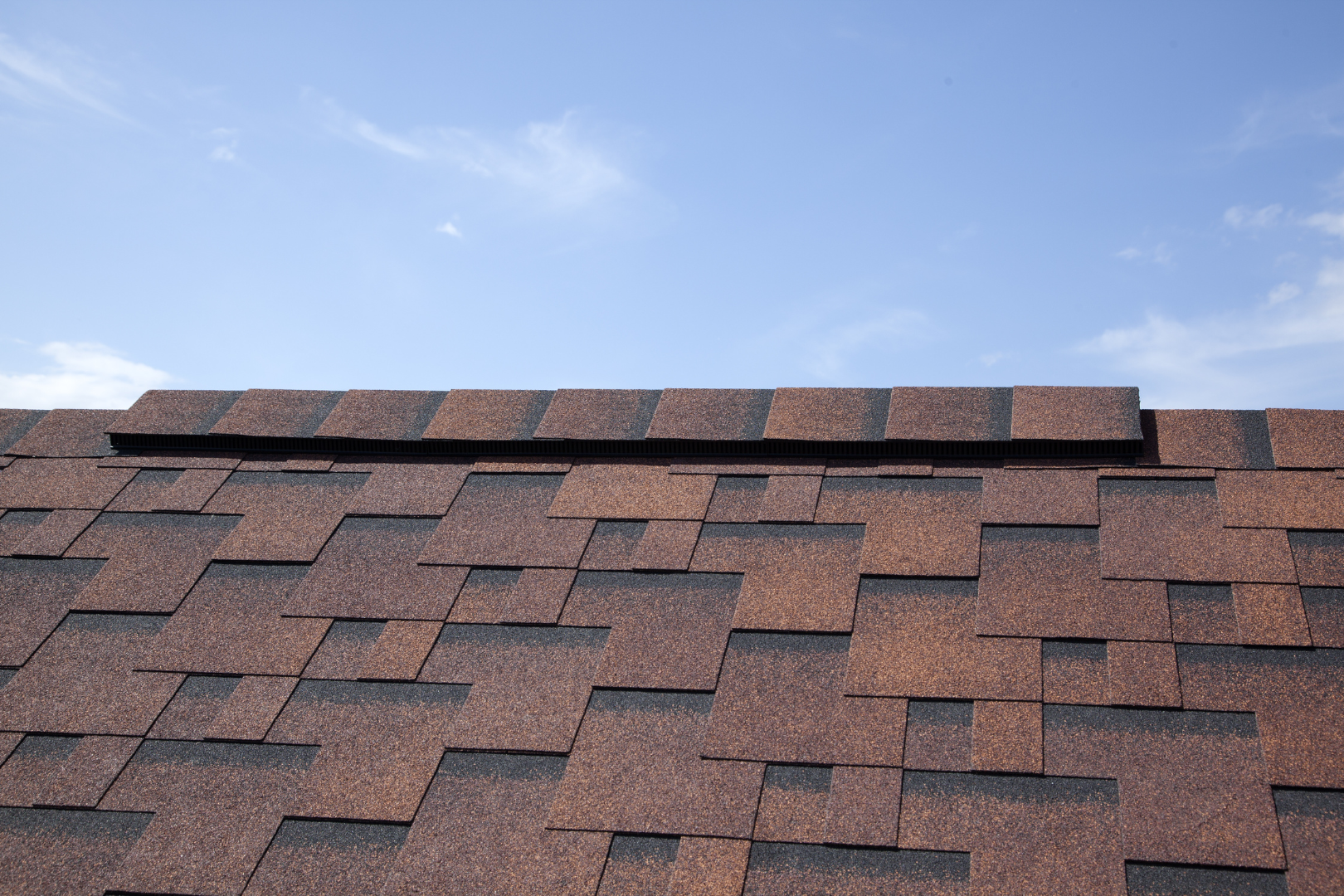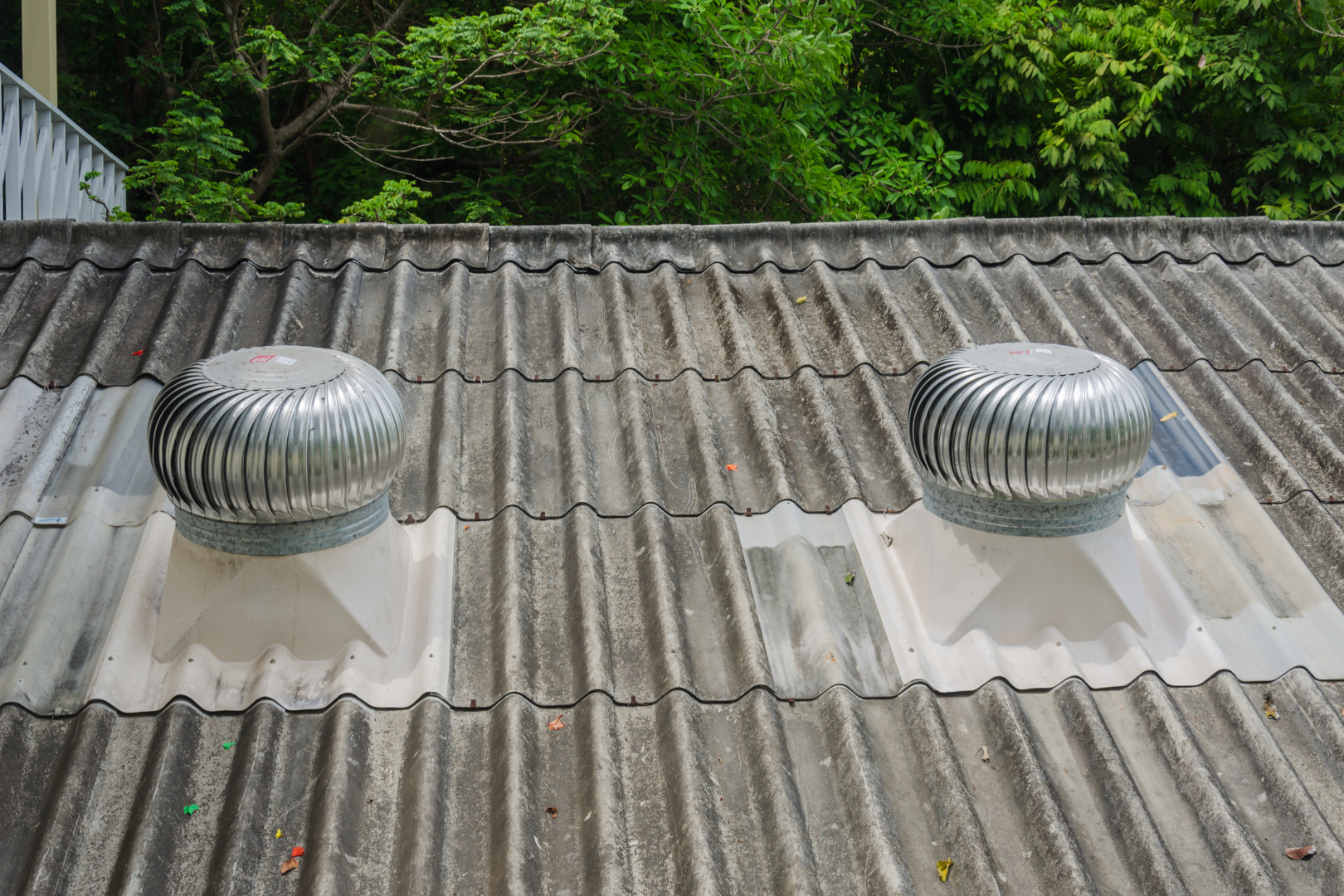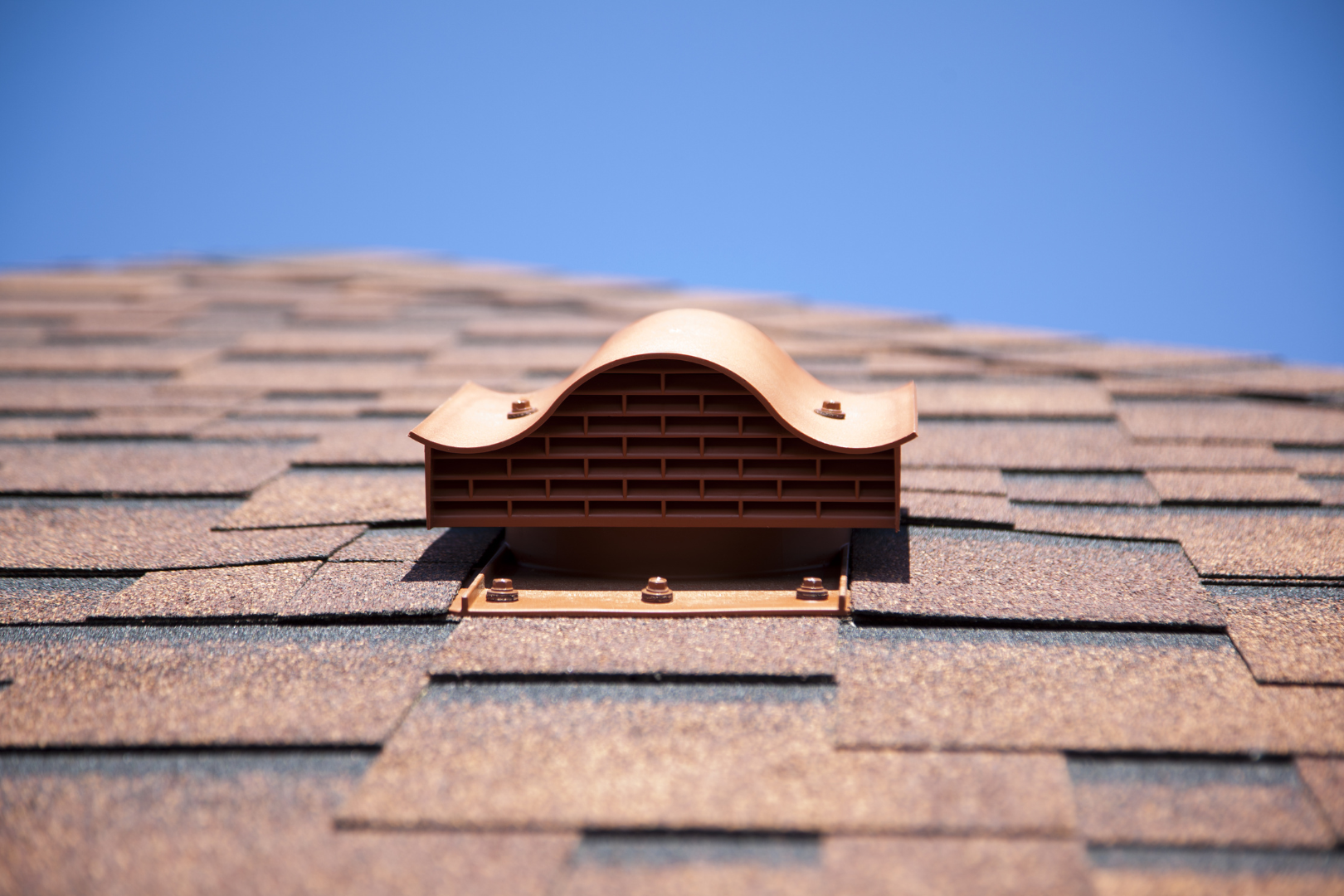
Let's be honest, modern life is busy. Between work, cooking, cleaning and additional day-to-day activities, every hour's filled to the brim. It's normal that you don't have the time to think about out-of-sight household things like attic ventilation. But you may not realize how important proper roof and attic ventilation actually is, not only for the maintenance and lifespan of your roof but for lower energy bills as well as the longevity of your home. Lack of proper ventilation can lead to a world of problems, and we're going to offer some information on a common solution: attic ventilation!
So, how do you approach integrating a ventilation system into your roof or attic? Well, if you’re looking to improve this aspect of your home, read on for our advice regarding whether you have proper ventilation as well as what can be done!
Roof ventilation guide: what to know!
 source: canva
source: canva
Why does your roof need proper ventilation?
Before we delve into the how, we need to answer the question why: why does your roof need proper ventilation? There are some common reasons why you’ll need to ventilate your roof, aside from those mentioned in our introduction, and they are as follows:
To reduce moisture buildup underneath shingles as well as in your attic, this includes condensation on the roof sheathing
To lower electricity bills, including cooling bills during summer months
To reduce the chance of long-term roof damage including ice dam buildup
To prolong the life of your shingles and roofing materials overall
When it comes to owning a home, you’re looking to offer it the best care possible. As you can see, roof ventilators affect so much more than the roof itself. Below, we’ll offer ways to spot whether or not your roof is properly ventilated.
Is my roof properly ventilated?
 source: Canva
source: Canva
First things first, let’s determine whether or not you need better ventilation in your roof and attic. There are plenty of ways to tell if your roof could use more. Consider the interior temperature of your home during both the warm and cool months. Are you finding it stuffy, suffocating or lacking in airflow? Even if you have an HVAC system and your interior air feels humid and stale, this is a telltale sign that you’re lacking proper roof ventilation. This is because a properly ventilated roof will allow heat and moisture to escape from the inside of your home, thus regulating indoor temperatures and keeping the air feeling fresh. Here are some serious signs that your roof needs work done to be further ventilated:
Attic vents: If you go outside and look up at your roof, do you see vents on the surface or in the eaves? If you answered no, then you’re going to need some as soon as possible. At first, you may not know what you're looking for, so bear in mind that there are plenty of roof vent types. These include ridge vents, a continuous air vent which will run along the peak of your roof and gable vents. Look for all different types of ventilation systems and if you’re still unable to find one, then this is an installation project you’ll need to begin planning.
Hot ceilings: If you put your hand up to your ceiling on a warm or sunny day, is it hot? If yes, then this is a sign your roof and attic lack ventilation. This will cause the sun to literally cook your shingles and greatly affect the longevity of your roof.
Ice dams: If you haven’t yet heard of the dreaded ice dam, now is the time to get to know them. They appear on the roof of your home as thick ridges of ice. They're a result of melting snow that refreezes on your eaves. These are very detrimental to the lifespan of your roof and can eventually lead to cracks in the surface as well as water infiltration and leaks. Nobody wants those, so do consider attic ventilation!
Dampness or frost in the attic: During winter months, take a flashlight up to your attic. If you find even the slightest trace of dampness or frost indoors, then this means you need to work towards additional roof ventilation measures.
Venting a roof or attic: what are my options?
 source: Canva
source: Canva
Now, the solution you choose for your attic ventilation system will come down to your specific situation and needs. Not all vents will work equally for every household. Below we’re going to lay out some of the common vent options, this will give you a better idea of which one's right for you:
Ridge vent: In a nutshell, a ridge vent runs along the ridgeline of a house. To allow for air movement through the vent, this will require a strip of roof decking be removed. This will only work for homes where the movement of air is not impeded by the home in any way.
Soffit vent: When it comes to all of the roof ventilation options, a crucial takeaway is that it’s necessary for there to be an entry point and an exit point for the airflow. First, you’ll need to look and see if the soffit areas of your home are suitable to accompany these vents. Soffit vents allow for air convection to travel to the ridge vent. This job will also require the installation of insulation baffles so that airflow from the vents is not restricted.
Attic fans: Fans can be installed in the attic or roof system to move air from the interior of your home to the exterior. As heat builds up in your attic, a thermostat will detect the build-up and automatically exhaust the fan to expel hot air. For the green-conscious homeowner, there are solar-powered options on the market.
Gable vents: Inherent in their name, this style vent will be installed in the gable ends of your home. Gable vents draw air out of your attic while preventing any moisture from finding its way into your interior.
Additional options: There are other attics and roof vent options on the market that may be necessary depending on the layout and construction of your dwelling. Some of these are mushroom vents, louvered dormers and so forth. If none of the above options work for your home, do a little bit of research to come up with an alternate suitable solution.
Advantages of proper roof ventilation
 source: canva
source: canva
As mentioned, there are many different types of roof vents to choose from. What’s important to determine when planning this installation project, is the correct number of both intake and exhaust vents. The balance of these is important in order for the system to be effective. We’d recommend working with an entrepreneur or expert in this area who can correctly design the roof ventilation.
We mentioned these points briefly in our introduction, but here are the advantages that proper attic and roof ventilation will offer you:
Roof ventilation will moderate the temperate within the attic, and this will keep a comfortable temperature throughout the rest of your home.
Excess heat buildup will cause heating and cooling systems to work regularly. But, with proper roof ventilation, energy efficiency is promoted. In most cases, this means lower energy bills and who wouldn’t want that?
Attic and roof ventilation will preserve your roof’s lifespan, as a buildup of moisture as well as idle ice dams will damage shingles and other roofing materials.
The majority of local building codes will require proper attic ventilation. Therefore, staying on top of this could save you trouble if you end up trying to sell your home or taking on a more serious renovation.
Get 3 renovation quotes for your roof ventilation project
RenoQuotes.com can help you get quotes for your roofing renovation project. If you submit your project to us, we’ll put you in contact with 3 qualified professionals. Fill in the form on our homepage (it only takes a few minutes), and you will receive quotes from the best roofing companies.
Dial 1-844 828-1588 to speak with one of our customer service representatives
Looking for something else?
Related articles
The latest industry news, interviews, technologies, and resources.

Amanda Harvey
•14 Mar 2024
Although renovations are often motivated by a search for greater comfort and some aesthetic improvement, some may be planning renovations to sell their home. If this is the case, renovations that work to increase the market value of your home are the ones to consider.

Editorial Team
•07 Nov 2023
The doors of your home play a significant role in keeping things looking and feeling comfortable. Your front door is a portal into the interior, whilst the doors of each individual room allow for privacy and maintain proper temperatures.

Editorial Team
•07 Aug 2025
If you’re a roofer in Toronto looking to grow your business in 2025, you’re not alone. The demand for roofing services in the Greater Toronto Area continues to rise, driven by aging infrastructure, increased home renovations, and commercial developments. But in a competitive market, standing out means offering more than just a hammer and nails — it means delivering exceptional results, building a strong reputation, and knowing where and how to get new contracts.

Editorial Team
•07 Nov 2023
A demolition project isn’t just about destroying a home from the ground up. In fact, there is a lot of careful preparation and planning involved. Demolishing a home or part of a house takes time and effort, and workers performing demolitions are exposed to many potential hazards. Therefore, it is especially important for demolition contractors to take extra care when undergoing this type of project.

Editorial Team
•02 Aug 2024
The shed has come a long way since it’s modest days of being a wooden box that holds gardening materials. Modern sheds have developed to host a variety of functions, aside from keeping landscaping tools clean and dry. Now, a shed can be turned into backyard haven, home-away-from-home, or a retro space to live out your hobbies.